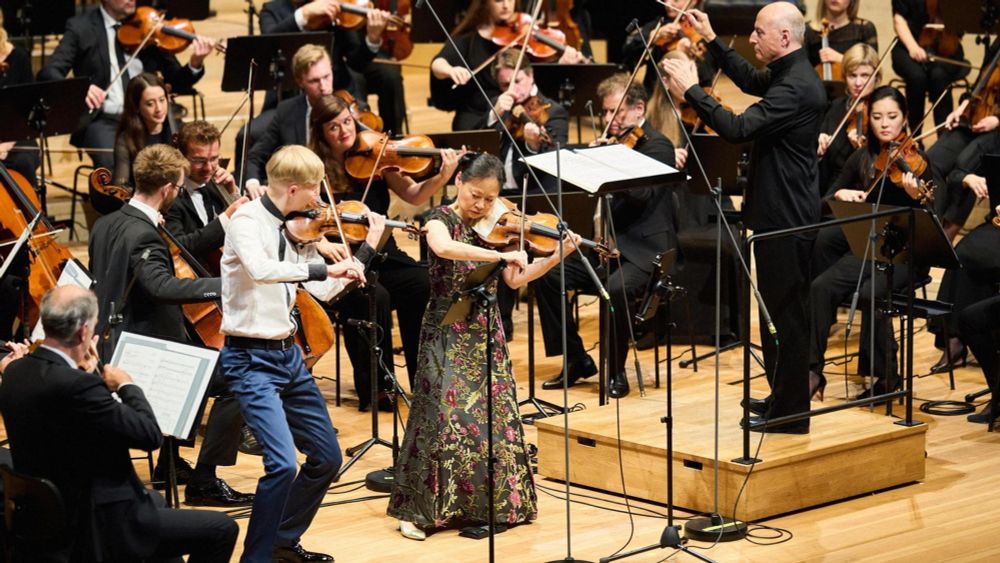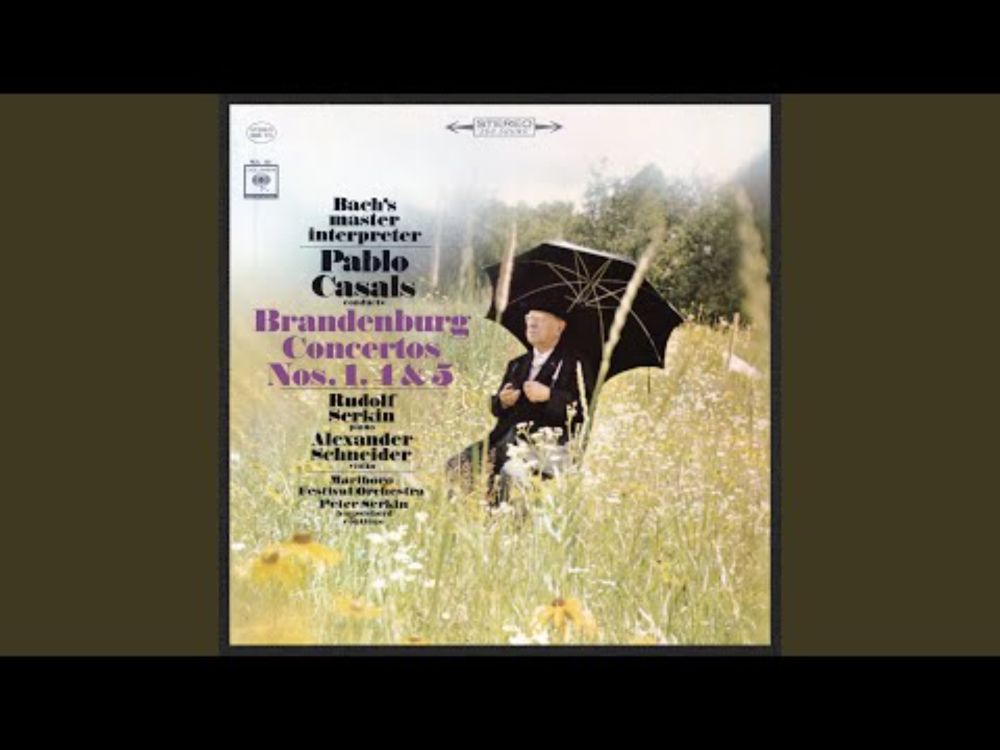
Andreas
@andelup.bsky.social
110 followers
110 following
1.8K posts
“Ach, dass wir doch dem reinen stillen Wink, des Herzens nachzugehn so sehr verlernen” 🕊️📚❤️🩹
Absolutely Politically Neutral / No Nationalism and Patriotism .⛔️🕊️🫶🙏🏽.📖. Isaiah 2:4.
Jw.org
Searching for Friends of Peace🕊️❤️🩹
Posts
Media
Videos
Starter Packs
Pinned
Reposted by Andreas
Reposted by Andreas




















